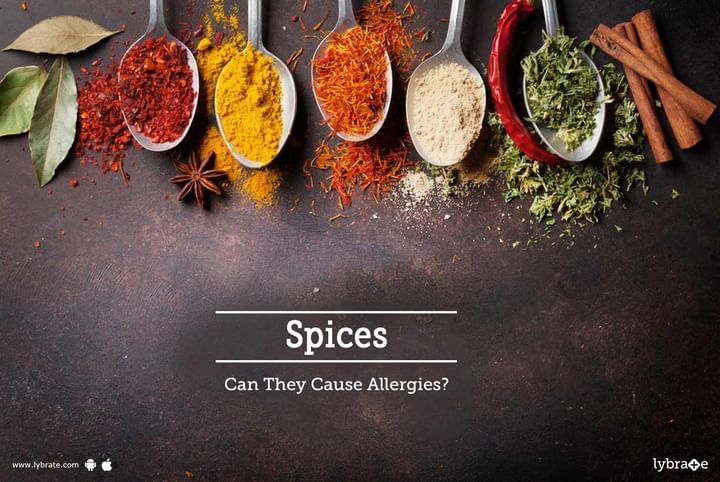Spices - Can They Cause Allergies?
Products derived from plants are widely used as herbs and spices, often across the world and in many cuisines. Though spices and herbs are used in small quantities to add flavor to the food we eat, they can still trigger an adverse reaction. As per a presentation at the 2012 scientific meeting of ACAAI (American College of Allergy, Asthma, and Immunology), 2-3% people across the world have an allergic reaction to spices. The percentage may seem quite less, mostly because of the lack of reliable tests.
Unfortunately, spices aren't regulated by FDI (Food and Drug Administration), which is why they are not listed on the food labels, making it extremely hard for consumers to determine what products to avoid. Not only food but these spices are also used in cosmetics, toothpaste and various other dental products. Sami Bahana, former president of ACAAI, said during the meeting that; as more and more people have started to use cosmetics and spices in the United States, it is likely that they will soon start developing allergies to these substances. Common spice allergies are usually observed towards black pepper and garlic and vanilla. Then there are spice blends, which are even more difficult to regulate.
Symptoms of spice allergy
- Many people experience the symptoms of watery eyes and a runny nose right after eating something spicy, like chili pepper or horseradish. Many think that these reactions are caused by the immune system, but, in reality, they are caused by irritant effects on mucous membranes.
- Skin rashes are, at times, appear when a body comes in direct contact with spices found in foods or cosmetics, and trigger irritant contact dermatitis.
- Some life-threatening allergic reactions such as angioedema and urticaria can occur as a result of eating or inhaling spices. Inhaling spices can also trigger symptoms of asthma, as well as angioedema. Skin contact with spices can cause atopic dermatitis, urticaria, and allergic contact dermatitis.
Treating spice allergy
- Diagnosing spice allergy is easy and can be done by performing allergy testing like blood testing and patch testing. Once you know what spices you are allergic to, you can refrain from using them. Nonetheless, it is extremely difficult to avoid them completely since spices are used in many household and toiletry items.
- In case you develop the symptoms, the treatment is identical to the treatment of food allergy. Using injectable epinephrine and antihistamines for severe reactions can treat immediate symptoms to a significant extent. Topical corticosteroids can treat contact dermatitis caused by the spices. But, finally, avoiding spices completely is the best treatment for spice allergy.



+1.svg)
